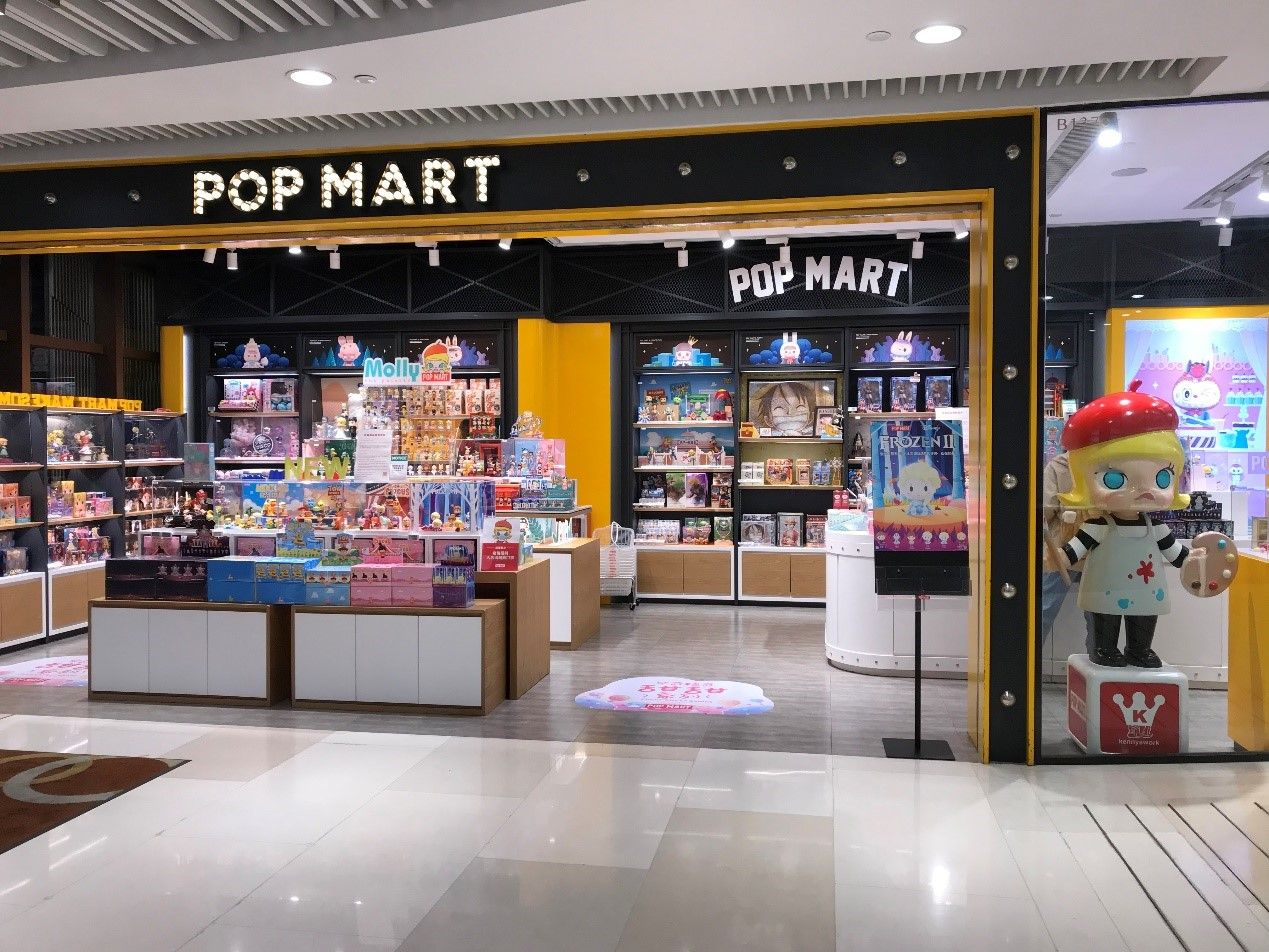Retail Trend in Mainland China - 2019 Review & Outlook
Over the past three years, the top 10 consumer cities in mainland China witnessed the opening of 437 brand new shopping malls – an average increase of 43 malls in each city! And that hasn’t taken into account any reopening’s after upgrading or redevelopment.

A noticeable rise of renovation on the existing retail space was also observed in China’s major cities. In 2019,The Ministry of Commerce proposed a pilot program of renovation and improvement on 11 pedestrian streets across the country. Local government in Beijing proposed a scheme of upgrading 22 retail places (i.e. retail clusters) in the coming three years... According to the latest statistics from Geolytix, a minimum of 12 shopping malls/department stores in Beijing had gone through a large-scale upgrading or redevelopment in 2019; and in Shanghai at least 14 malls saw significant renovation in the past year.
Retail landscape in China is being reshaped much more rapidly than any other countries in the world. In the meantime, the integration of online and offline channels is also becoming a vital part in retailing and marketing. The epidemic in early 2020 has further fueled the explosion of “online lifestyles" in China, and the discussion has also attracted attention of every retailer and mall operator: How to balance/integrate the investment of online and offline in a longer term?
If you are interested in this topic and want to have your say, you are welcome to leave a message here or email info@geolytix.co.uk.
You are most welcome to contact any Geolytix colleagues to get the latest Geolytix Report: “Retail Trend Watch in Mainland China: 2019 Review and Outlook”, which is focused on three questions:
- In the context of OMO (Merge of online and offline) period, who are the “emerging forces” occupying prime retail spaces in mainland China?
- What kind of changes are taking place in the retail landscape?
- What is the key in balancing/integrating the investment in the era of “omni-channel” retailing?
* "Top 10 Consumer Cities in China" is ranked according to the total retail sales of consumer goods in 2018, which are: Shanghai, Beijing, Guangzhou, Chongqing, Wuhan, Chengdu, Shenzhen, Nanjing, Suzhou, and Hangzhou
* Cover Photo: Emerging Leisure brands in China – Pop Mart, which opened more than 400 normal stores and over 500 robot stores nationwide in 2019.
过去三年,中国大陆十大消费城市共计新开437座购物商场——平均算下来每个城市至少增加了43座全新的商场!
上述统计并未将升级改造重开的商业项目计算在内。
2019年,中国商务部提出全国11条步行街试点改造提升;而北京市则提出三年内拟改造提升22个商圈…各大城市正掀起商业存量整改的新一轮浪潮。Geolytix数据显示,在北京和上海, 2019年进行大面积升级改造的项目分别达到了12个和14个。
中国城市零售空间格局正发生飞速改变。另一方面,线上线下整合布局也成为众多品牌渠道规划与营销管理的重要环节。2020年初的一场疫情,催生了中国人“线上生活方式”的大爆发,更将“全渠道零售”的课题摆在每个零售人和商业地产人面前。
过去这个月,我们集结了团队经验智慧与大量数据,希望通过回顾历史、分析当下,预判未来并提出建议。我们重点聚焦分析了三个问题:
- 在线上线下齐发展的背景下,哪些“新生/崛起力量”在抢夺线下优质商业空间?
- 中国大陆零售空间格局在发生怎样的变化?
- “全渠道”零售时代,优化整合各类“平台、触点”的要领何在?
如果您有兴趣了解更多,或有相关灵感、经验与我们分享,欢迎在此留言,或邮件至:info@geolytix.co.uk。您也可以随时联系您身边的Geolytix同仁,获取我们的最新报告
《零售趋势年度回顾与前瞻:中国大陆》。
*“中国十大消费城市”按2018年社会消费品零售总额排名,分别是:上海、北京、广州、重庆、武汉、成都、深圳、南京、苏州、杭州。
* 封面照片:2019年实体门店拓展之星“泡泡玛特”:全年新开400+家门店和500+家机器人店。
